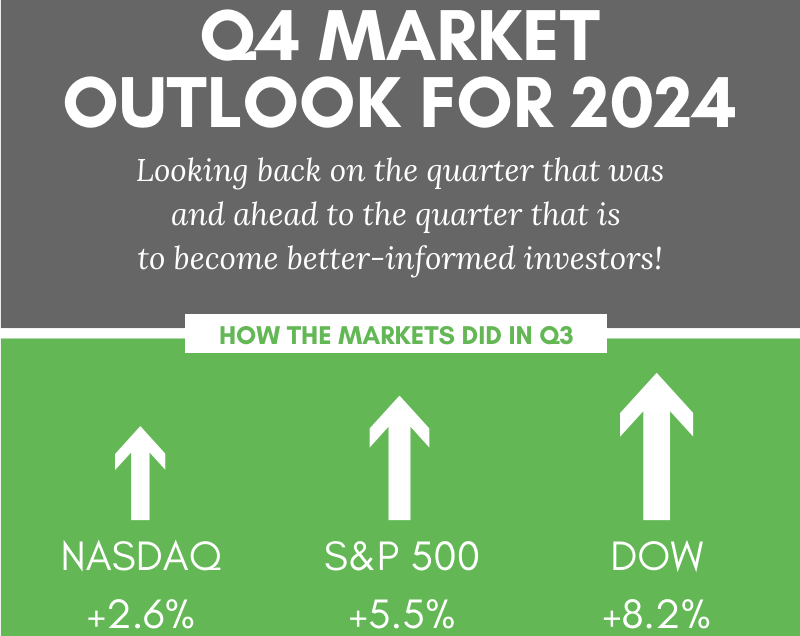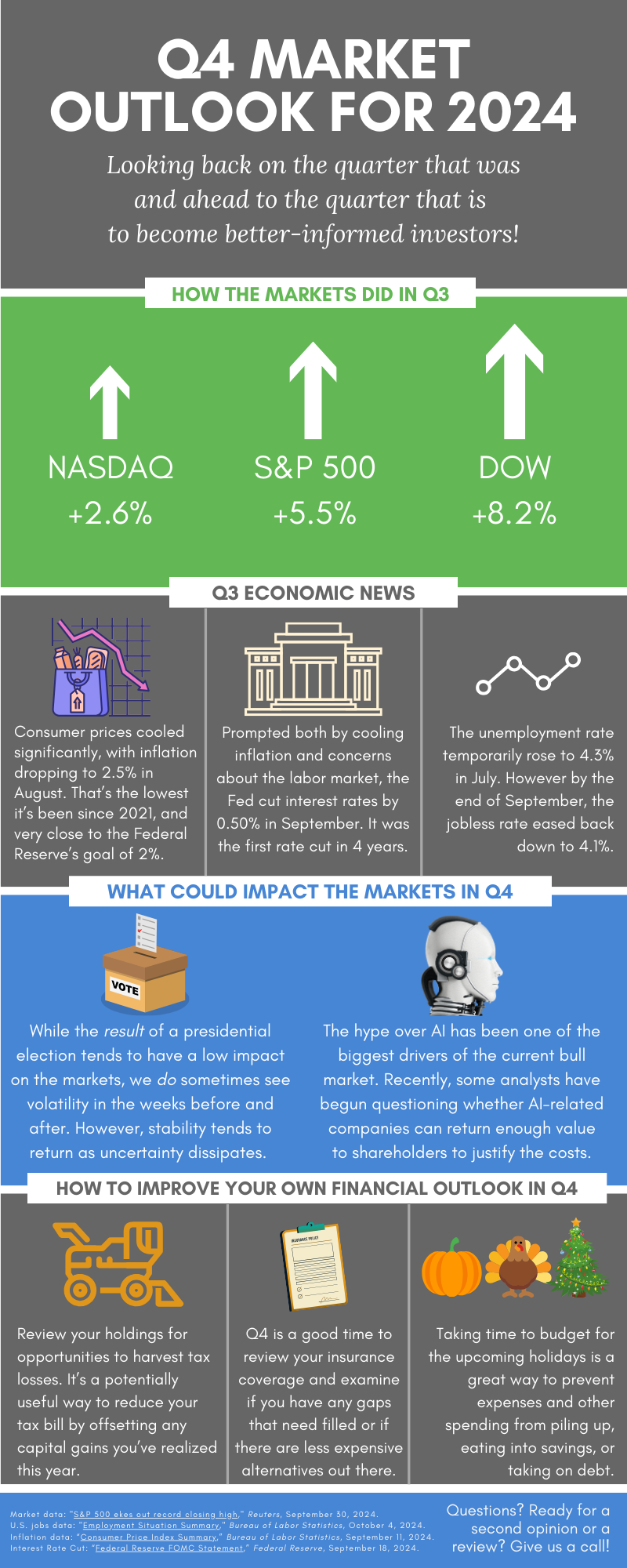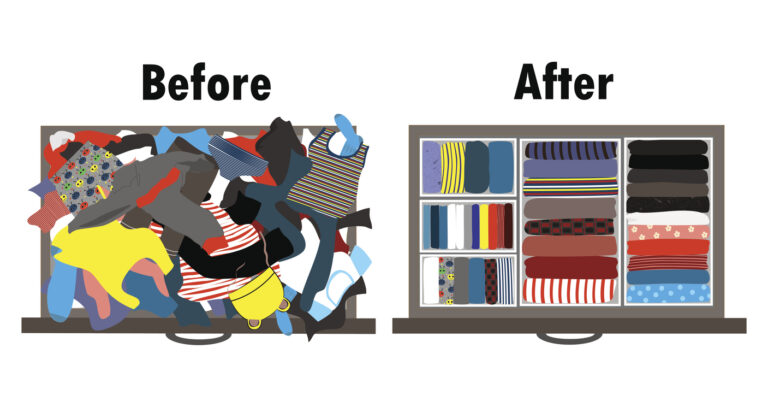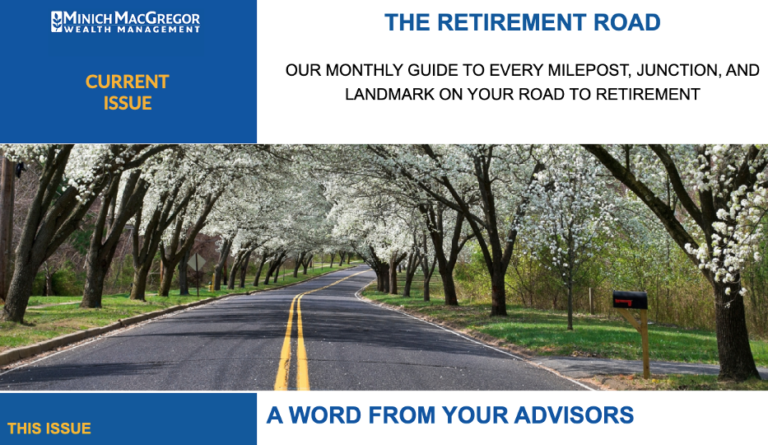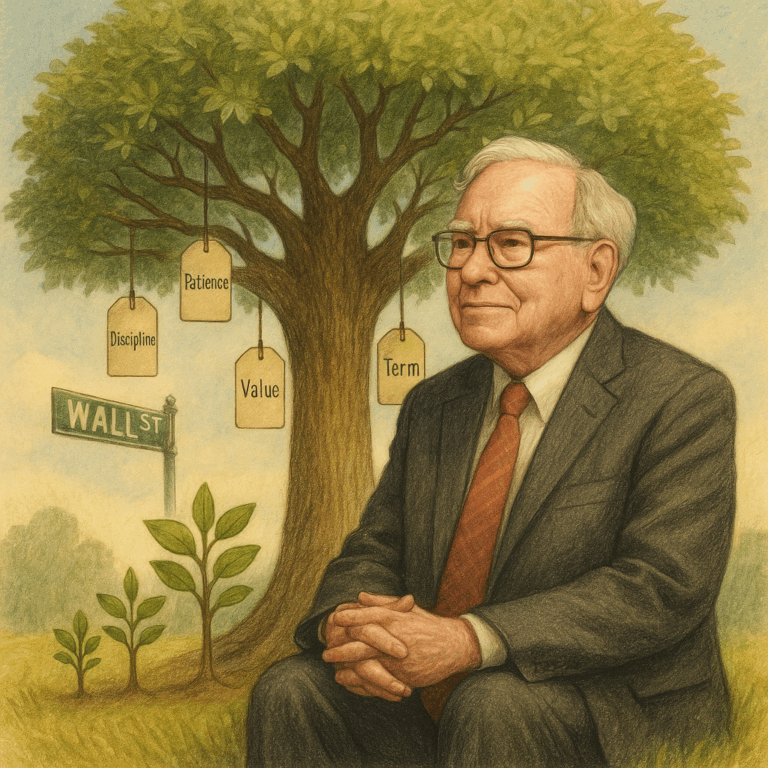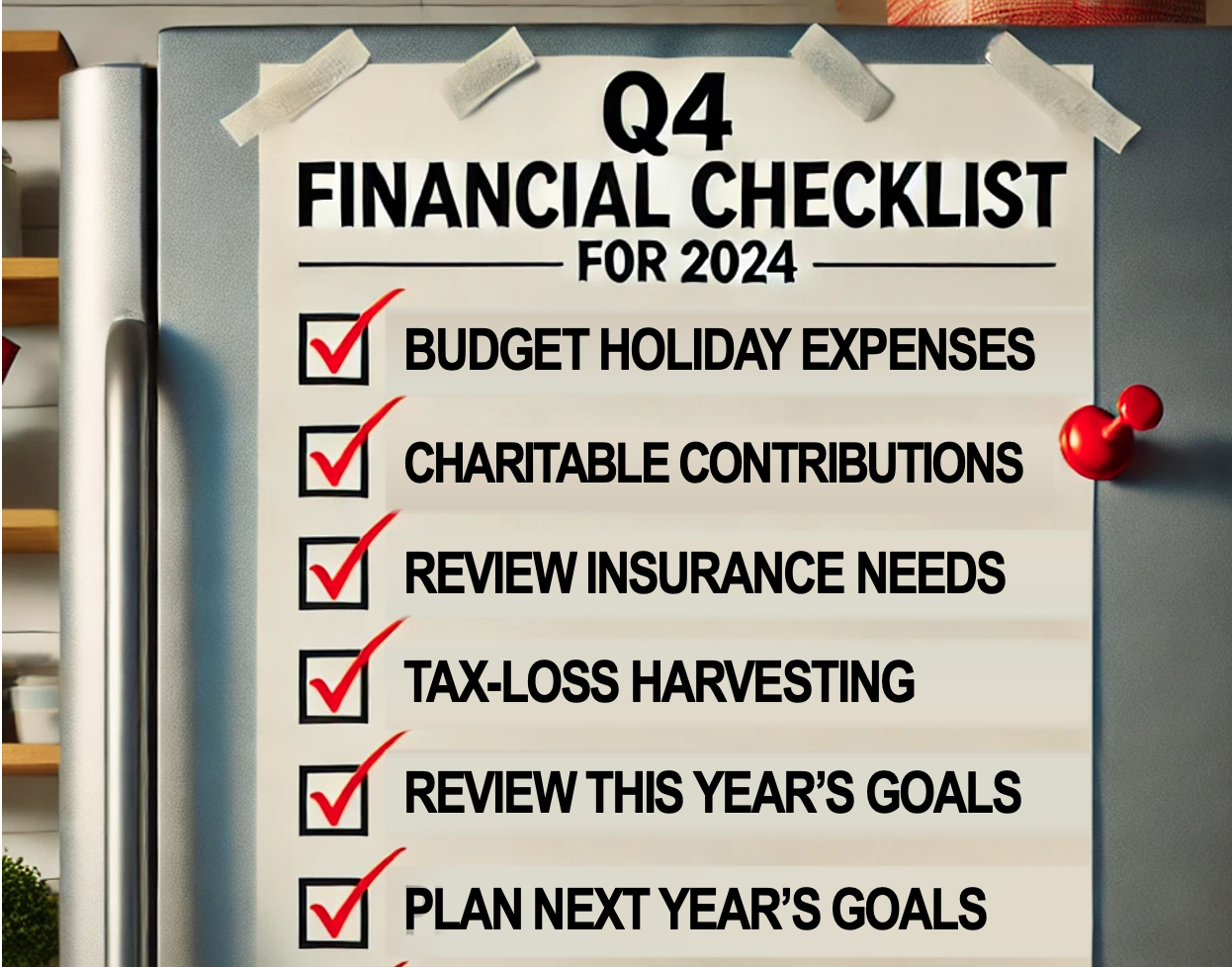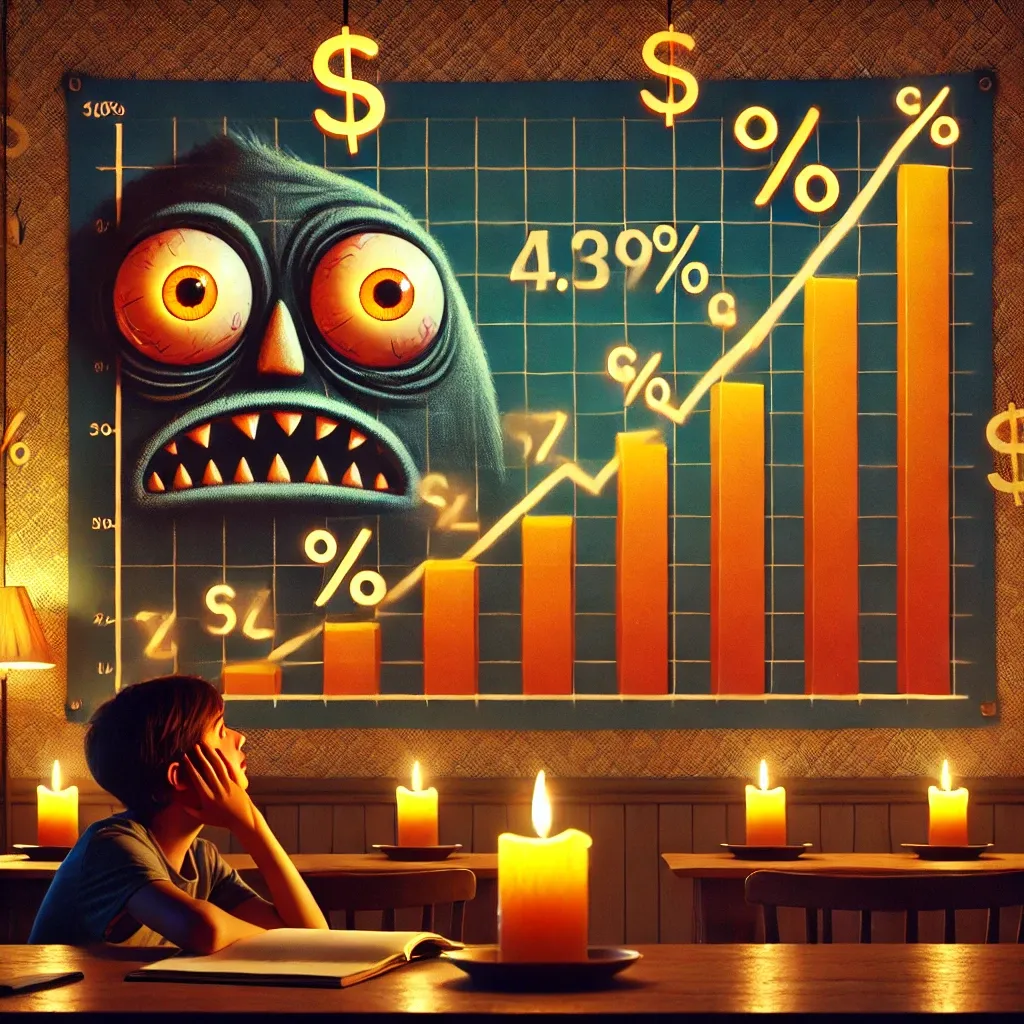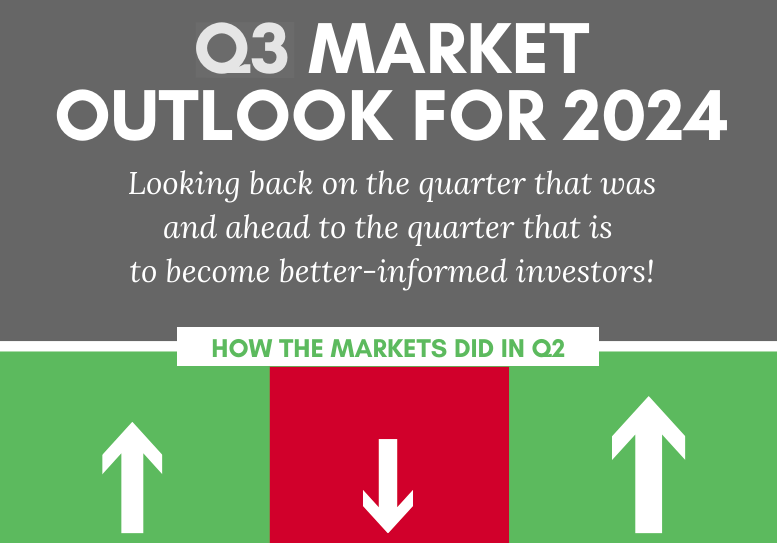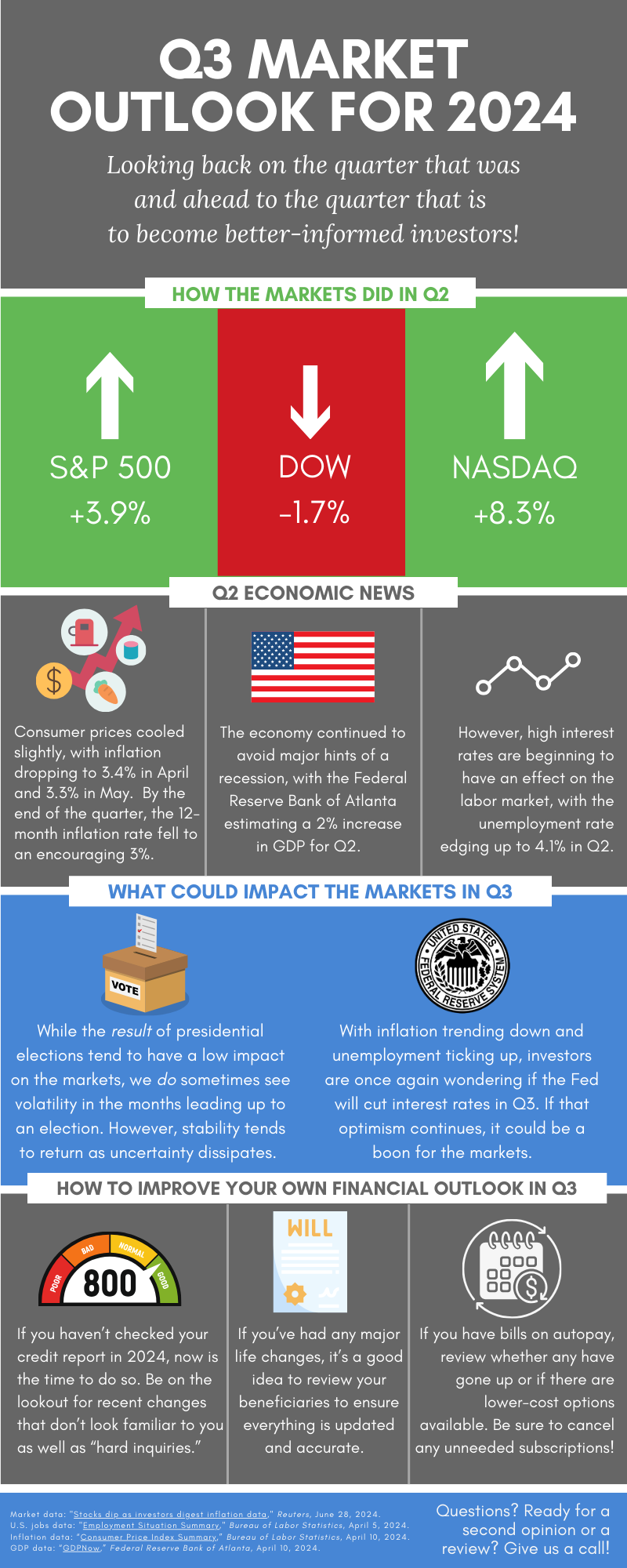Questions You Were Afraid to Ask #14
The only bad question is the one left unasked. That’s the premise behind many of our posts. Each covers a different investment-related question that many people have but are afraid to ask.
To begin this post, we’d like to ask you a question: Have you ever seen an episode of Star Trek? If so, you know the writers often use something called “technobabble.” You’ll hear terms like dilithium core, temporal convergence, tachyon fields, and more. It’s obvious, of course, why the writers would do this. As the show takes place in the future, technobabble is a quick and easy way to make the characters seem smarter and more technologically advanced than we are today.
The media has its own form of technobabble. If you’ve ever watched CNBC, for example, you’ve probably heard many instances of “financial jargon.” Words that sound complicated and intimidating, and that you almost never hear in everyday conversation. Many do have meanings, and some are very important – but they can often be bandied about by professionals in order to sound sophisticated.
Sophistication is all well and good, but not when it comes at the expense of clarity. So, over the next few posts in this series, we want to break down some common bits of financial jargon that you are likely to hear in the media, what they mean, and why they do — or do not — matter.
Questions You Were Afraid to Ask #14:
What do stock ratings mean?
Buy. Sell. Hold. Overweight. Outperform. Strong, weak, reduce, accumulate. These are just some of the ratings you’ll often see attached to specific investments, usually stocks. Financial websites love to list them. Talking heads on TV love to recite them. But what are they?
A rating is an analyst’s recommendation on what to do with a particular stock. Typically, an analyst will research a company by reviewing financial statements, talking with leadership, and surveying customers. Some analysts will also study broader economic trends to try and estimate how the company will be affected by the overall economy. Other analysts may rely heavily on algorithms and mathematical models. Whatever their method, these analysts then prepare a report that discusses how they see the company’s stock performing in the near future.
Inside that report is a rating. Their advice, distilled down to a single word or phrase, on what their clients should do with the stock in question. The three most basic ratings are: buy, sell, and hold.
Buy and sell are fairly obvious. They are recommendations to buy the stock — or buy more of it — or to sell whatever shares you already own. “Hold” essentially means to sit tight. If you already own shares in the stock, don’t buy any more, but don’t sell, either.
So far, so simple. But here’s where things can get a little tricky. Since there is no standardized way to rate stocks, pretty much every financial firm will have its own system. That’s why you’ll often see many variations and degrees of those three basic ratings. For example, think of buy, sell, and hold as umbrella terms. Beneath the buy umbrella, you may sometimes hear terms like moderate buy, overweight, outperform, market perform, add, or accumulate. Under sell, you may see reduce, underweight, underperform, weak hold, moderate sell.
“Moderate” essentially means to buy or sell more shares of the stock, but not too much. Same for add/reduce. Over/underweight and over/underperform means the analyst believes the stock will perform somewhat better or worse than the overall market. Weak hold is basically a push – it’s probably fine to hold onto your shares, but you can sell if you want to.
Sometimes, if an analyst uses all these variations, then a simple buy or sell can then take on a new meaning. That’s why you’ll sometimes see the terms strong buy or strong sell. This indicates the analyst believes you should either buy or sell as much of the stock as you possibly can.
So, now you know what stock ratings mean. But do they matter?
Imagine you’re shopping online for a new coffee maker. What’s the first thing you’d see? Likely, it would be a list of coffee makers with some sort of numerical rating next to each based on all the customer reviews. Now, would you buy the first machine that has a good rating? Probably not. What you would do is look at the first machine with a good rating, and then go from there.
For regular investors, that’s essentially what stock ratings are good for. They provide a handy place to start. A quick reference. A way to weed out the stocks you don’t want to look at immediately versus those you do. But you shouldn’t ever make decisions based solely on those ratings. Because, like the customer ratings online, they don’t tell the whole story.
It’s important to remember that a stock rating is just the opinion of one analyst. Others may have different opinions. Also, because there’s no standardized rating system, one analyst’s “buy” might be another’s “hold.” An “underperform” at one place might be a “strong sell” at another. And while analysts can be very smart and experienced, rating is not an exact science and can be often used more as a marketing pitch than as a truly objective evaluation.
Finally, stock ratings are not specific to you. Consider the coffee maker analogy. One machine might have a rating of 4.3 stars; a second might be 4.0. But when you read the reviews closely, you might see the higher-rated machine is versatile but complicated. The lower-rated machine can’t do as much, but it’s fast and easy – perfect for that quick cup before work. If that’s what you want, the “lower-rated” machine might be better. Stock ratings are similar. They don’t address your goals, your risk tolerance, your timeline. And that’s why they should never be used as a substitute for having your own customized investment plan.
So, that’s the skinny on stock ratings. Next month, we’ll look at another stock term: Big Caps vs Small Caps. Have a great month!

